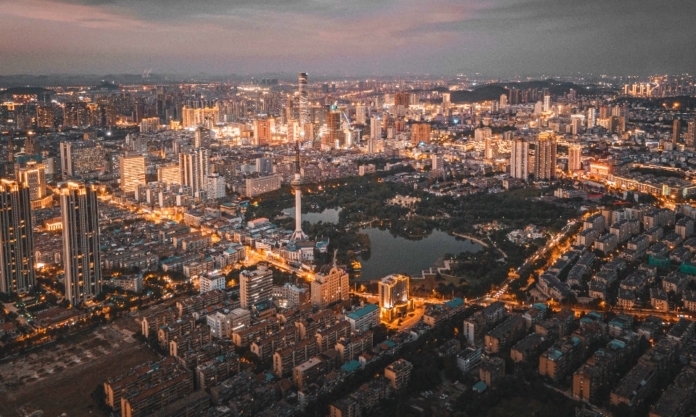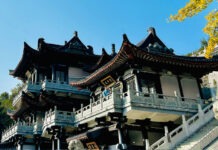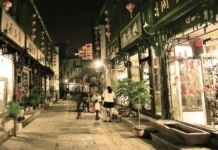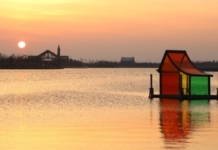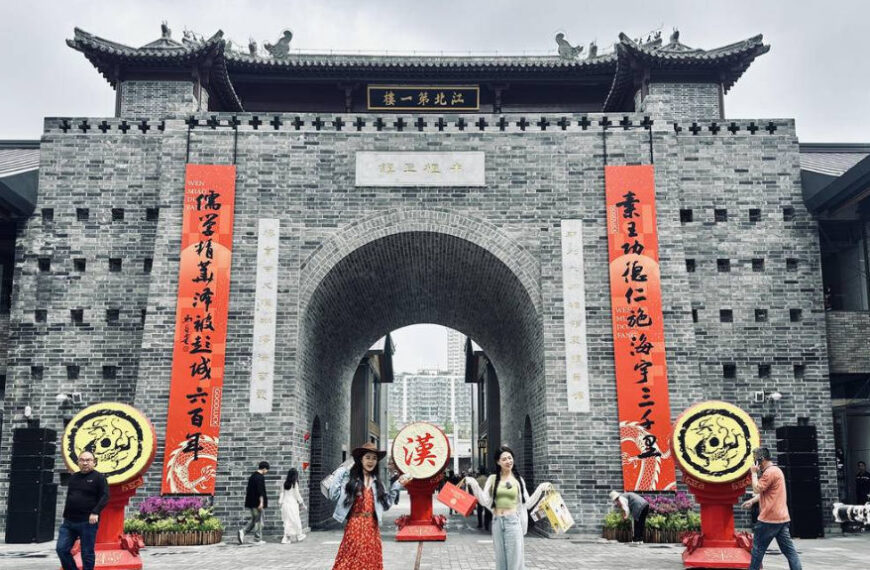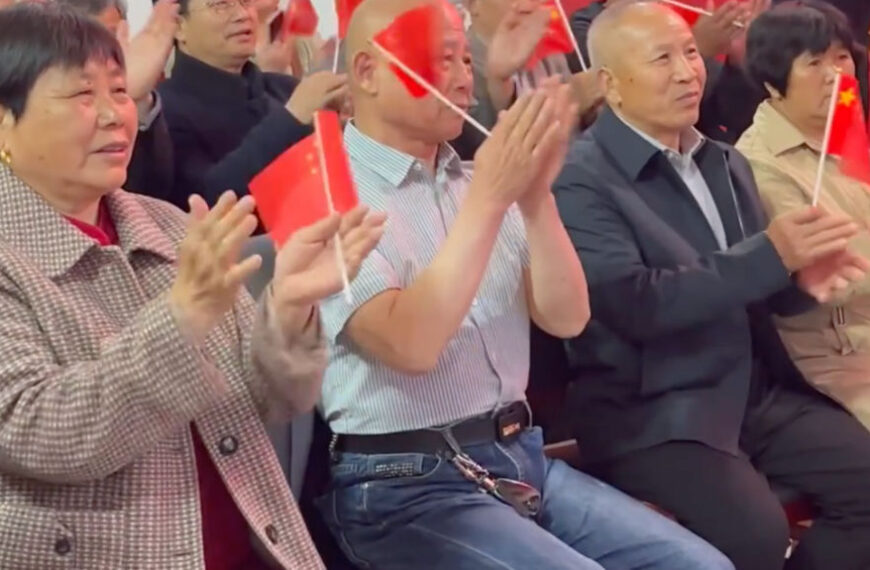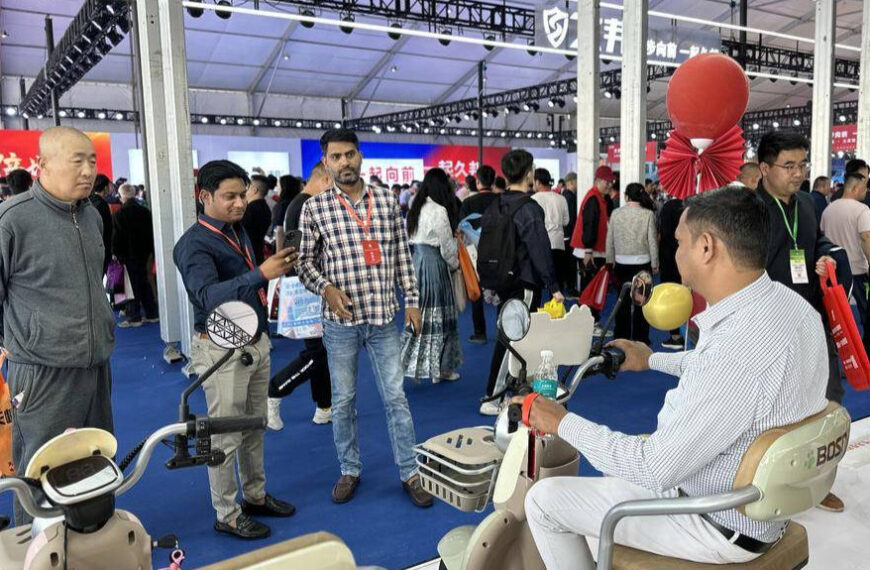Regarded by some as the “Athens of the Orient” on account of its profound historical heritage and numerous historical sites, Xuzhou is today an important communications hub and a node city in China’s Belt and Road Initiative.
Surrounded by mountains on three sides, Xuzhou is the oldest city in Jiangsu, dating back 6,000 years as a civilisation and over 2,600 years as a city. Also long regarded as a strategic military location, the Beijing-Hangzhou Grand Canal passes through Xuzhou, in its far northwest location where meet the provinces of Jiangsu, Anhui and Shandong. Henan Province is also just a proverbial stone’s throw away.
On the nature front, Xuzhou’s long history makes it a fitting home for forests of ginkgo. In the city’s east, the “golden tunnel” of Pizhou is a 3-kilometre-long village road, where gingko trees each autumn weave a golden sky, while the many layers of fallen leaves make for a golden carpet on which to walk. Hence the local saying, “If you want to appreciate ginkgo in Jiangsu, you have to go to Xuzhou; if you want to appreciate ginkgo in Xuzhou, you can’t miss Pizhou”.
For many others, the stone reliefs of Xuzhou perhaps best characterise that profound historical heritage. Mainly embossed on tombs and temples, Xuzhou stone relief emerged with the culture of lavish funerals. This was when rich merchants and officials replaced painted wooden coffins with carvings on stone. Later, rubbing techniques were developed that created a unique artistic effect, preceding woodcuts as the earliest form of printing.
Many are also surprised to learn that Xuzhou is home to a terracotta army. But unlike the famed site in Xi’an, in Xuzhou can be found the only Han Dynasty terracotta army in all of China. Historical records tell us the Han Dynasty mandated a 2-year period of conscription for citizens aged between 18 and 55. Consequently, the army features both young and old soldier figures.
Elsewhere, tourists and locals alike also come to play around Yunlong Lake, situated in the centre of the city. Becoming a National 5A Tourist Attraction in 2016, the Lake features the Yunlong Lake Water World that is one of Asia’s largest freshwater aquariums.
To do so, incomers will likely alight a train at the enormous Xuzhou East Railway Station which is a principal stop on the Beijing-Shanghai high-speed rail line, the route that is home to the fastest train service in the world.
On the economic front, as of the end of 2021, Xuzhou has 17 economic development zones and high-tech zones at or above provincial level, ranking the city third in Jiangsu Province.
As the economic powerhouse of far northern Jiangsu, Xuzhou’s 2021 Gross Domestic Product was ¥811.74 billion, not far behind that of Changzhou in the prosperous south of the Yangtze. That said, the city’s large population dictates that the average Xuzhounese brings home just ¥7,492 each month, third from bottom in Jiangsu as a whole.
Central authorities once positioned Xuzhou as a region of coal mining and heavy industry. Today, its dominant sectors are energy, food production and machinery, with heavy construction equipment manufacturer, XCMG, being Xuzhou’s biggest company, the largest provider of construction machinery in China and the third largest in the world.
Xuzhou is 1.25 hours by high-speed train from Nanjing and less than 3 hours from Beijing. The city is also served by Xuzhou Guanyin International Airport.


